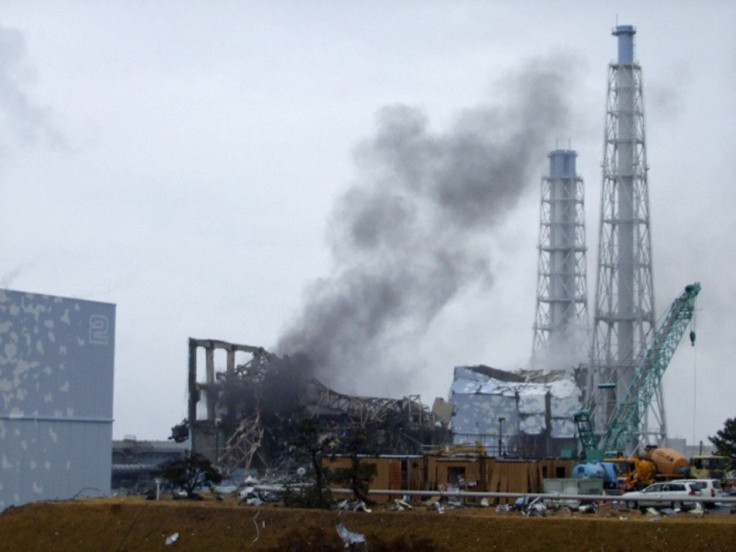Radiation Spikes In Seawater Near Fukushima Reactor

Radiation levels in the seawater near the stricken Fukushima Daiichi nuclear power plant have spiked, leaving observers to wonder if the reactor core has breached or if the spent fuel is leaking radioactive contaminants.
Tokyo Electric Power Corporation reported finding elevated levels of radioactive iodine, cesium, technetium, barium and lanthanum, at levels up to 1,200 times the allowed limits.
The Nuclear Industrial Safety Agency, confirmed that the two possible sources for the contaminants are the spent fuel rods or the reactor core. But there is no certainty yet, the agency said, as to which one it is.
The nuclear power plant has several discharge canals. Ordinarily that water would not be contaminated, because the water used in the reactor itself is in a closed loop - it doesn't get released into the environment. The water that exits via the discharge canals is used to cool water used in the closed loop (to help condense it from steam back into water so it can be used again).
According to TEPCO, water collected some 30 to 50 meters north of the outlets from reactor Units 5 and 6. On Tuesday afternoon TEPCO picked up concentrations of 51 becquerels per cubic centimeter of iodine-131, about 1,262 times the regulatory limits. Cesium-134 and cesium-137 were measured at 12 becquerels.
The iodine-131 levels were 27 becquerels 24 hours earlier. On March 26 it was 29 becquerels. On that same day the cesium-134 and cesium-137 levels were 5 and 5.1 becquerels, respectively.
A becquerel (Bq) is a unit of radioactivity that measures the number of decay events per second, adjusted for the element one is measuring. Limits for safe exposure will differ depending on the element involved.
On Monday, TEPCO said it had found plutonium in the soil around the plant. Though the contamination wasn't a health risk, it did show there was contamination either from the reactor core or the spent fuel rods at the plant. Radioactive water has also been found in the basement of the turbine buildings at reactor units 1 and 2.
Hidehiko Nishiyama, s spokesman for the Japanese Nuclear and Industrial Safety Agency, told a news conference that there are several pipes and rods that enter the reactor vessel and the temperature and pressure changes may have weakened either the joints or the valves in the pipes. That could allow contaminated water to escape.
The radioactivity in the seawater poses no immediate risk to people, officials said, because the concentrations of iodine, cesium and other materials are small and iodine especially has a relatively short half-life of about eight days.
© Copyright IBTimes 2024. All rights reserved.





















